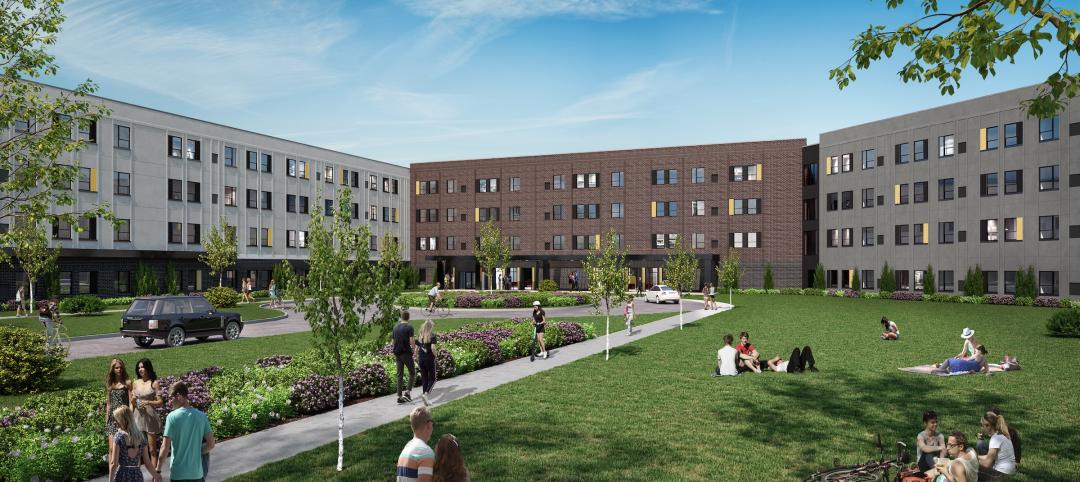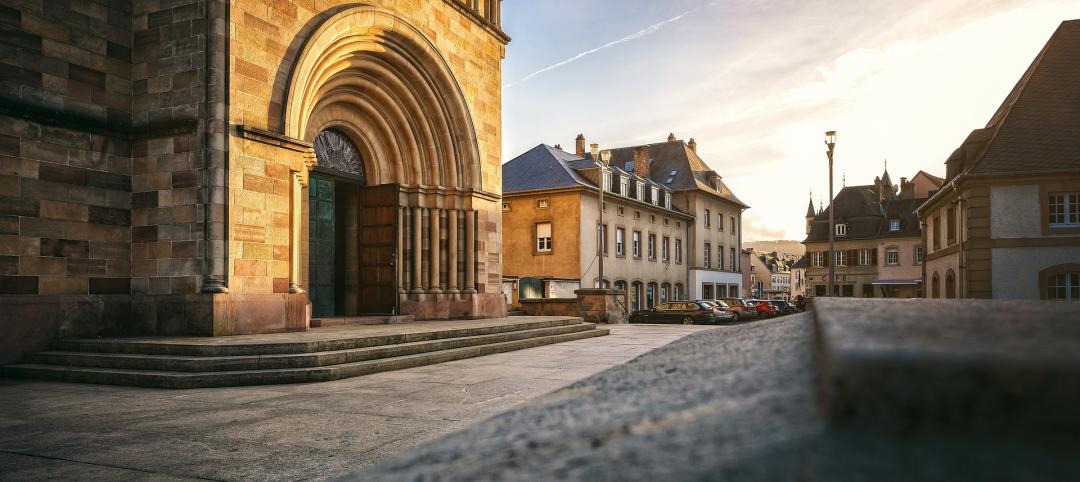The human brain remains one of the great mysteries of our time. This remarkably complex biological structure employs billions of nerve cells and even more connection points to execute every thought, movement, function, and emotion in our bodies. All humans are equipped with what is essentially a supercomputer between their ears, yet we lack a complete understanding of how it works, or how to maximize its full potential. But this is starting to change.
Advancements in neurotechnologies, combined with billions of dollars in public and private funding flooding the fields of cognitive neuroscience and behavioral neuroscience, have made the “thinking brain” one of the hottest areas of scientific research.
President George H.W. Bush declared the 1990s the “decade of the brain” to mark the start of a federal-level funding and awareness campaign around brain research. In 2013, President Obama, during the launch of the public-private BRAIN Initiative, likened the mapping of the brain to the “space race” of the 1960s.
Advancements in neurotechnology, combined with billions in funding, have made the ‘thinking brain’ one of the hottest areas of scientific research.
Indeed, the race is on to unlock the secrets of the brain—to find a cure for diseases like Parkinson’s and Alzheimer’s; to treat disorders like Autism and PTSD; to enhance treatment of acute brain injuries; and to gain a better understanding of cognition and human behavior.
The excitement surrounding brain research has piqued the interest of business leaders, who traditionally have relied of experience, intuition, and tried-and-true methods for many facets of business, from sales and marketing to recruitment/retention to operations.
Why do people make the decisions they do? And, more importantly, how can we effectively influence people in their decision-making? The answers to these questions have the potential to transform any business organization, including AEC firms.
With this understanding, the SMPS Foundation, the research arm of the Society for Marketing Professional Services, set out to explore the known principles and most recent research surrounding the human brain and behavioral science. The goal: to discover connections between the science and the AEC business.
This six-month research project, headed by psychologist and behavioral scientist JonRobert Tartaglione, Founder of Influence51, culminated in August with the release of a 20-page report, “The Neuropsychology of Influence and Decision-Making.” In it, Tartaglione presents distinct concepts related to influence and decision-making, with advice on how AEC firms can apply these concepts.
On behalf of the SMPS Foundation Board of Trustees (I’m a proud two-year board member), I invite you to download this important report. It’s a must-read for any AEC firm leader.
Related Stories
University Buildings | Jun 28, 2024
The American University in Cairo launches a 270,000-sf expansion of its campus in New Cairo, Egypt
In New Cairo, Egypt, The American University in Cairo (AUC) has broken ground on a roughly 270,000-sf expansion of its campus. The project encompasses two new buildings intended to enhance the physical campus and support AUC’s mission to provide top-tier education and research.
MFPRO+ New Projects | Jun 27, 2024
Chicago’s long-vacant Spire site will be home to a two-tower residential development
In downtown Chicago, the site of the planned Chicago Spire, at the confluence of Lake Michigan and the Chicago River, has sat vacant since construction ceased in the wake of the Great Recession. In the next few years, the site will be home to a new two-tower residential development, 400 Lake Shore.
Codes and Standards | Jun 27, 2024
Berkeley, Calif., voters will decide whether to tax large buildings with gas hookups
After a court struck down a first-in-the-nation ban on gas hookups in new buildings last year, voters in Berkeley, Calif., will have their say in November on a measure to tax large buildings that use natural gas.
Mass Timber | Jun 26, 2024
Oregon State University builds a first-of-its-kind mass timber research lab
In Corvallis, Oreg., the Jen-Hsun Huang and Lori Mills Huang Collaborative Innovation Complex at Oregon State University aims to achieve a distinction among the world’s experimental research labs: It will be the first all-mass-timber lab meeting rigorous vibration criteria (2000 micro-inches per second, or MIPS).
Sustainability | Jun 26, 2024
5 ways ESG can influence design and create opportunities
Gensler sustainability leaders Stacey Olson, Anthony Brower, and Audrey Handelman share five ways they're rethinking designing for ESG, using a science-based approach that can impact the ESG value chain.
Student Housing | Jun 25, 2024
P3 student housing project with 176 units slated for Purdue University Fort Wayne
A public/private partnership will fund a four-story, 213,000 sf apartment complex on Purdue University Fort Wayne’s (PFW’s) North Campus in Fort Wayne, Indiana. The P3 entity was formed exclusively for this property.
Sustainability | Jun 24, 2024
CBRE to use Climate X platform to help clients calculate climate-related risks
CBRE will use risk analysis platform Climate X to provide climate risk data to commercial renters and property owners. The agreement will help clients calculate climate-related risks and return on investments for retrofits or acquisitions that can boost resiliency.
MFPRO+ News | Jun 24, 2024
‘Yes in God’s Backyard’ movement could create more affordable housing
The so-called “Yes in God’s Backyard” (YIGBY) movement, where houses of worship convert their properties to housing, could help alleviate the serious housing crisis affecting many communities around the country.
Student Housing | Jun 20, 2024
How student housing developments are evolving to meet new expectations
The days of uninspired dorm rooms with little more than a bed and a communal bathroom down the hall are long gone. Students increasingly seek inclusive design, communities to enhance learning and living, and a focus on wellness that encompasses everything from meditation spaces to mental health resources.
Museums | Jun 20, 2024
Connecticut’s Bruce Museum more than doubles its size with a 42,000-sf, three-floor addition
In Greenwich, Conn., the Bruce Museum, a multidisciplinary institution highlighting art, science, and history, has undergone a campus revitalization and expansion that more than doubles the museum’s size. Designed by EskewDumezRipple and built by Turner Construction, the project includes a 42,000-sf, three-floor addition as well as a comprehensive renovation of the 32,500-sf museum, which was originally built as a private home in the mid-19th century and expanded in the early 1990s.

















